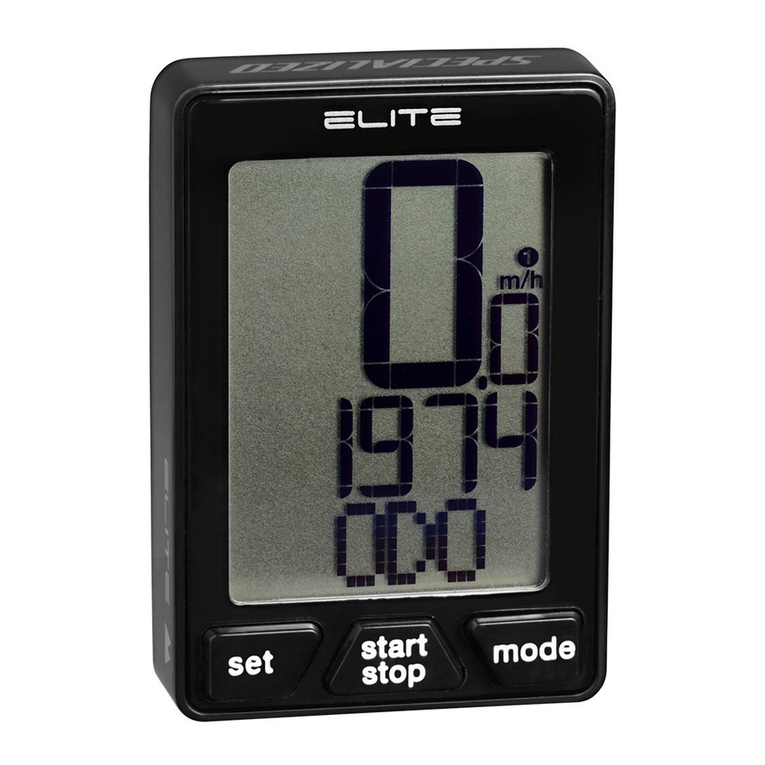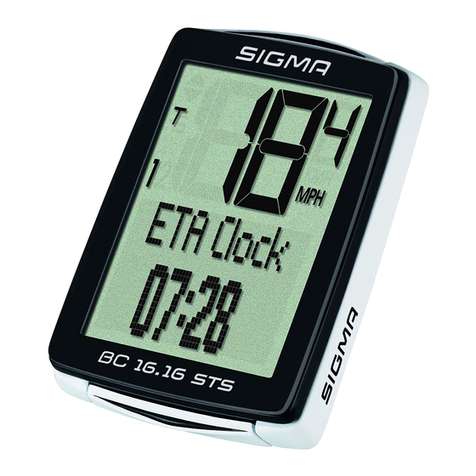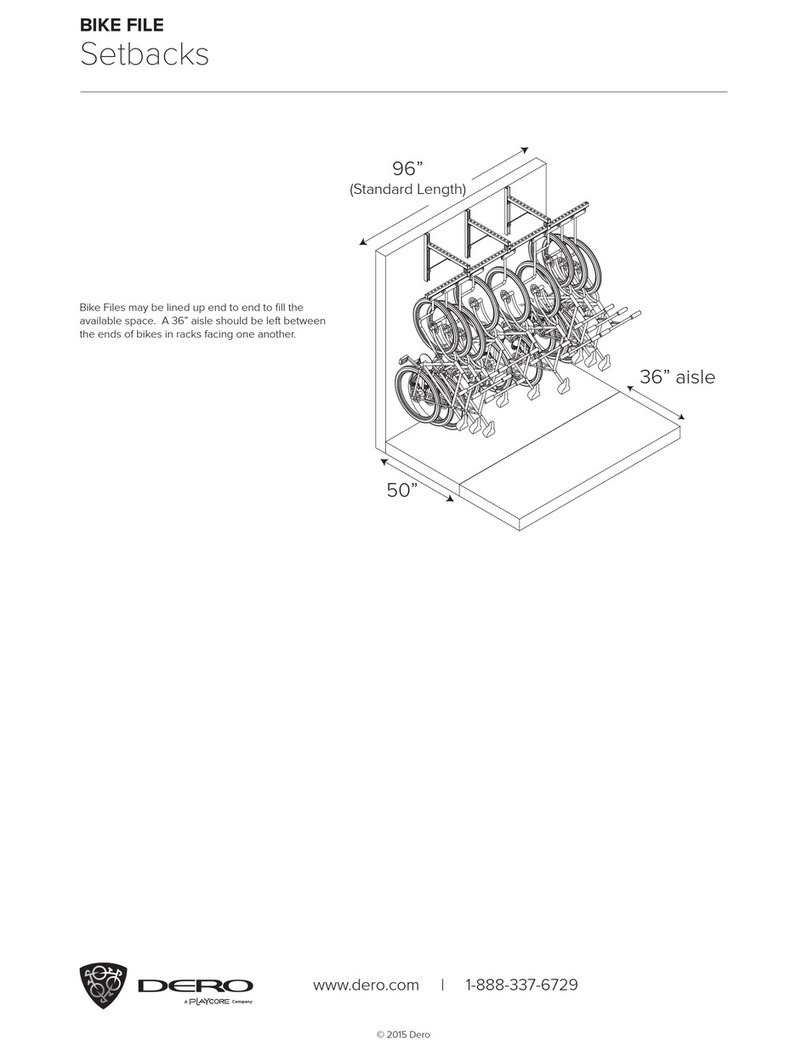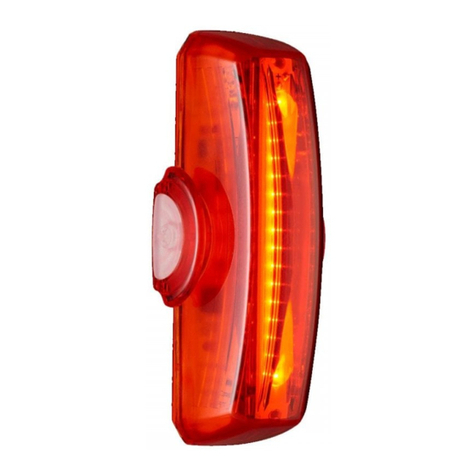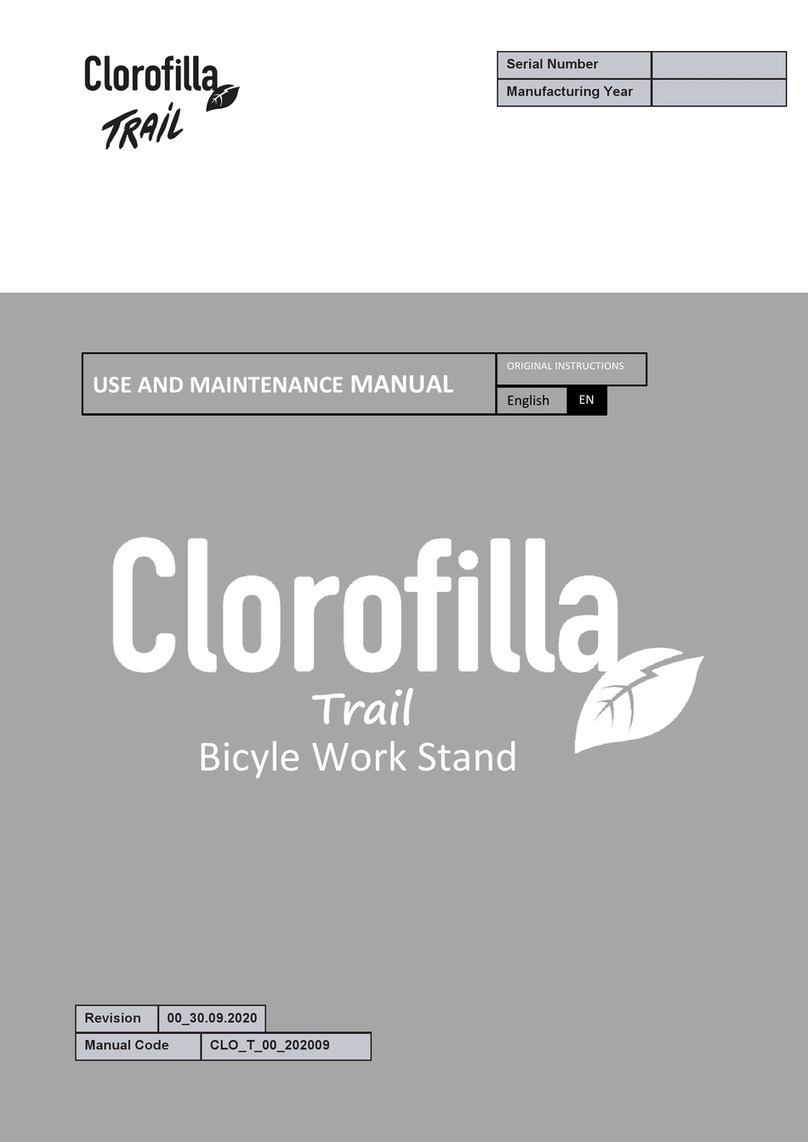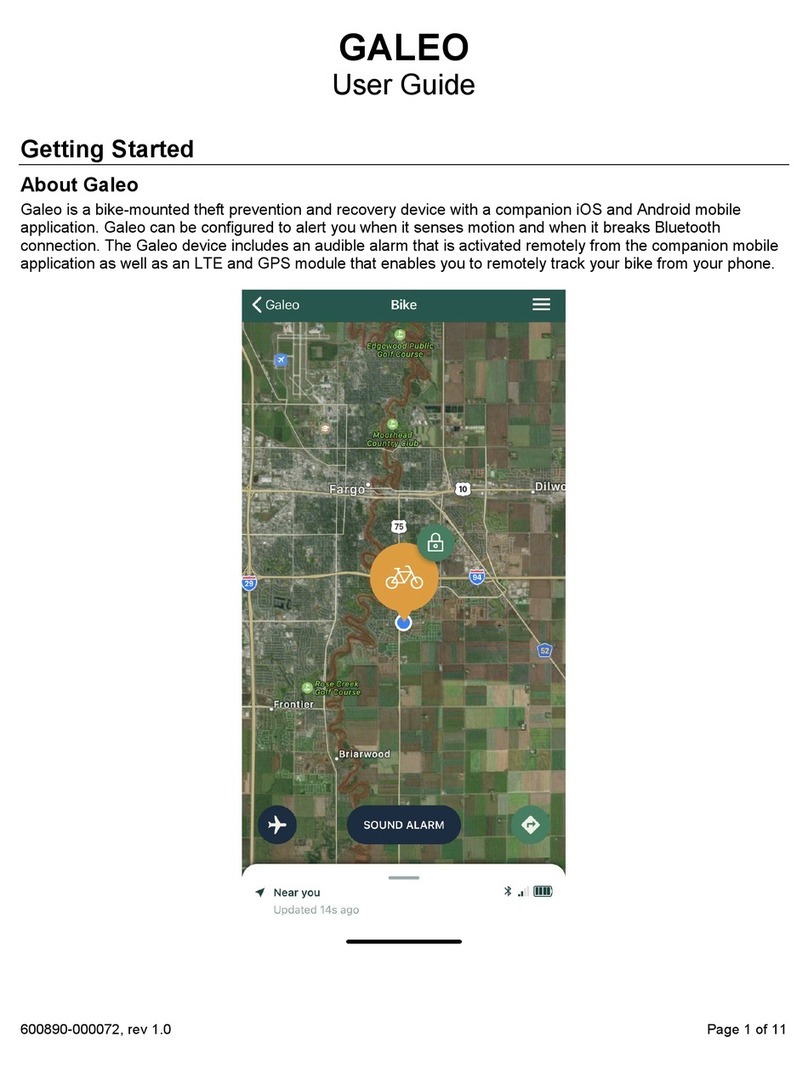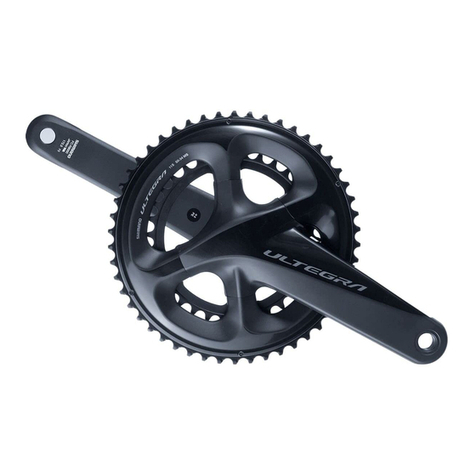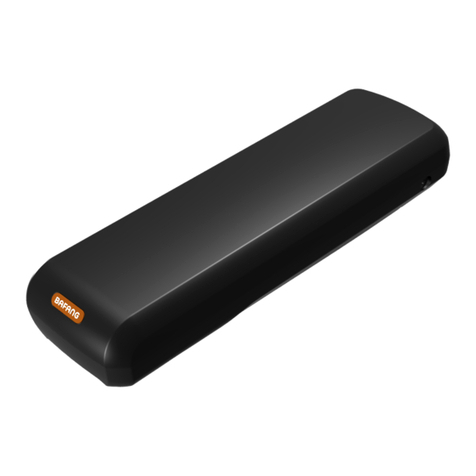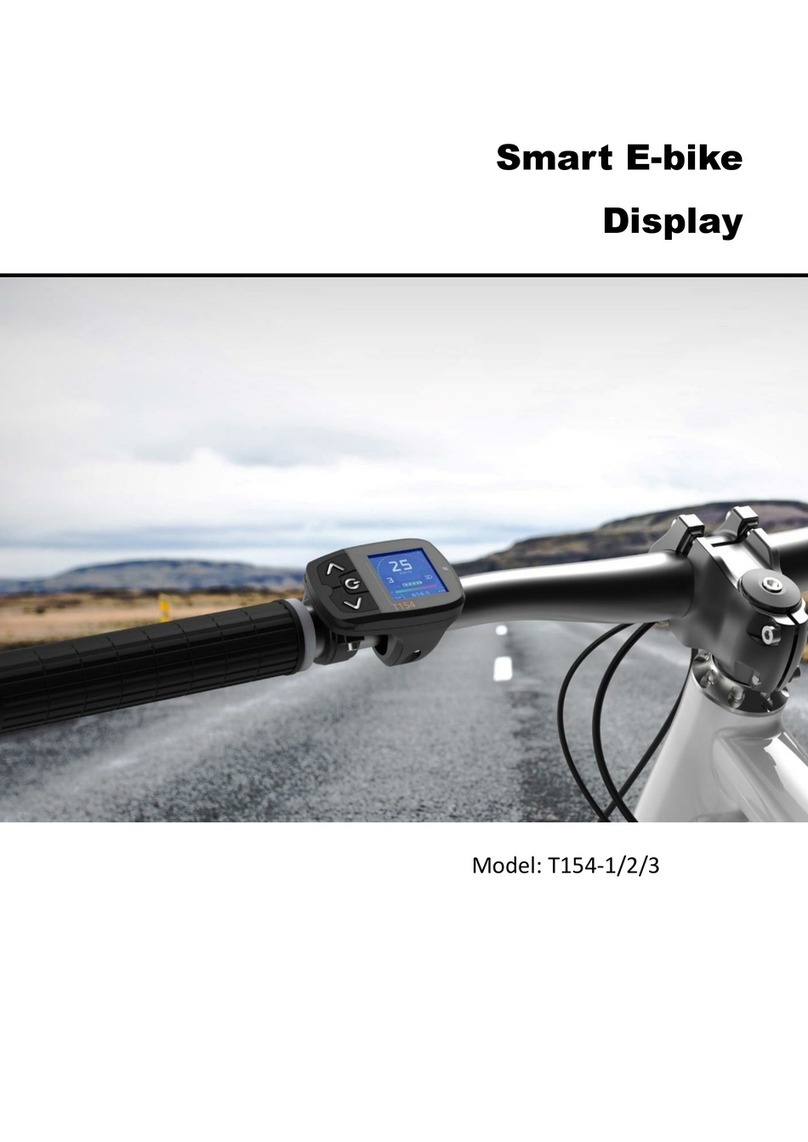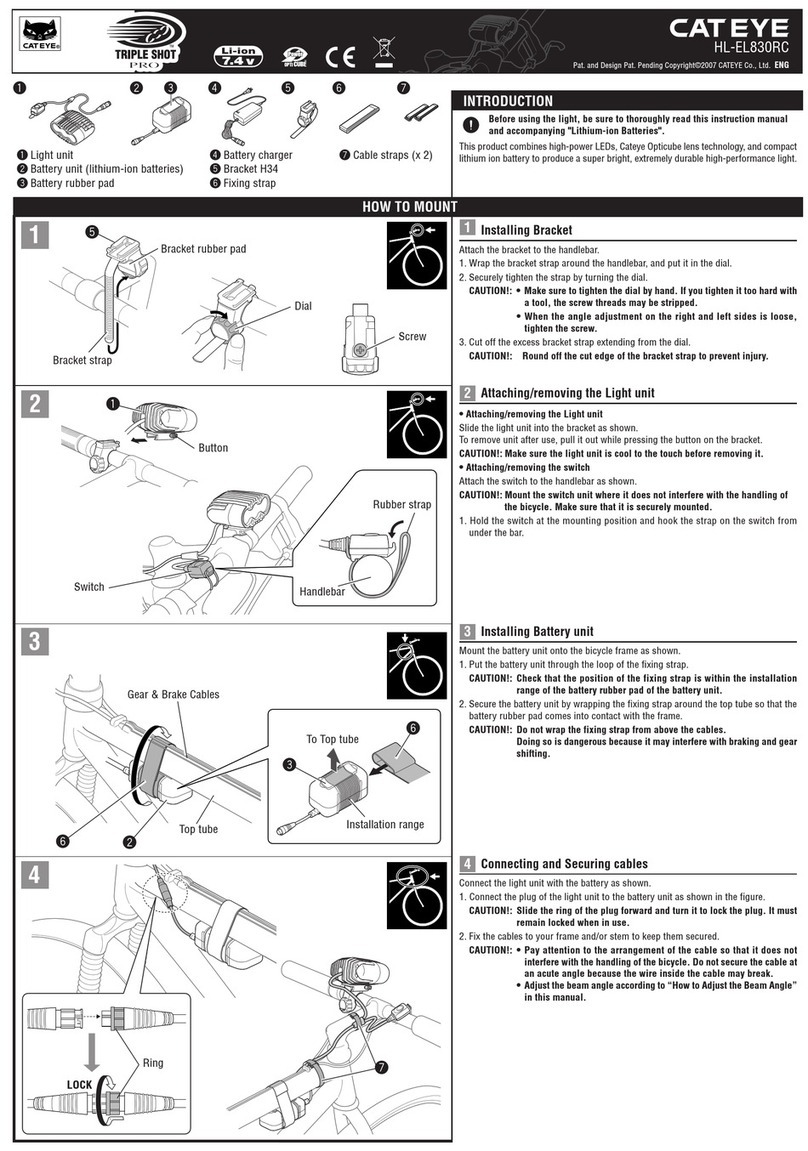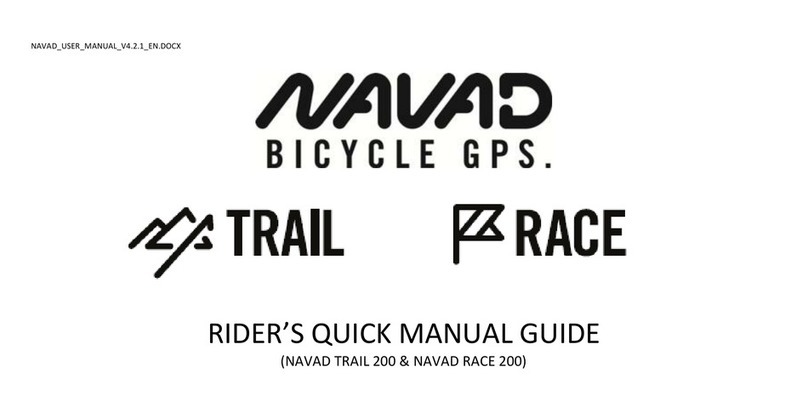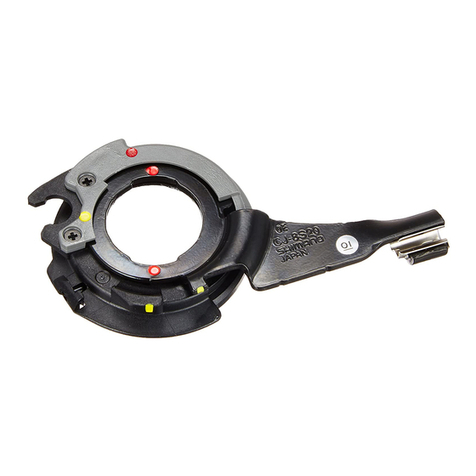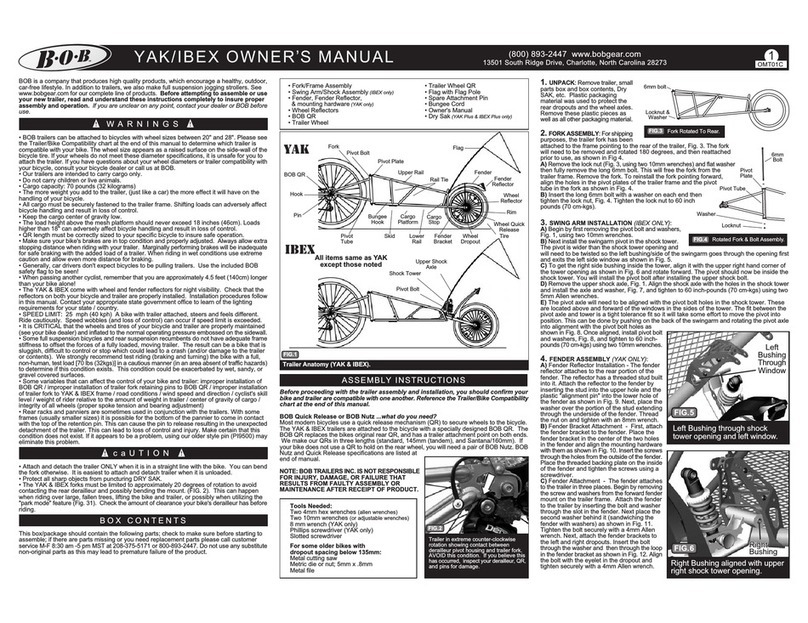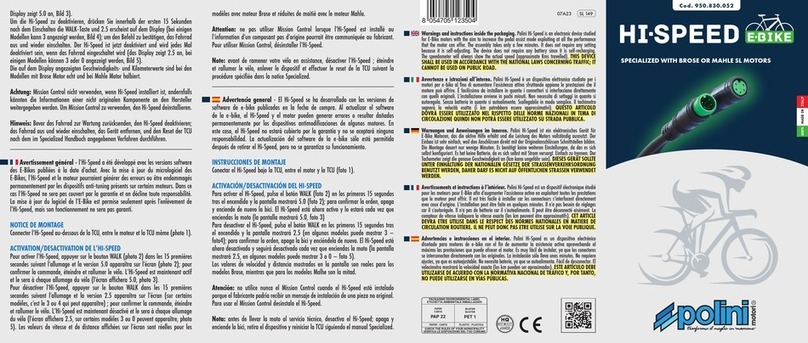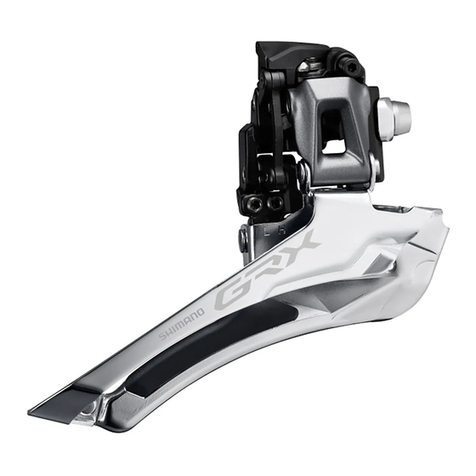
REVALVE INSTRUCTIONS
VALVING CHARACTERISTICS
Shock absorbers create dampening by flowing oil through restrictive paths - the more restricted
the flow, the higher the dampening force. Nearly all shocks use a combination of “bleed passages”
and “blow-off valves” to control the oil flow in both compression and rebound separately.
Bleed is typically controlled by the size of a small hole(s) or slit(s). The oil can flow easily at
low shaft velocities, but as velocity increases, the resistance rises progressively. QA1 shocks use a
single bleed hole in the piston, which is .020”. Smaller or larger bleed holes may be used to raise or
lower low-speed dampening, but be very cautious in tuning with bleed as this shock is very sensitive
to bleed changes. Unless you have access to a shock dyno it is best to stay with the standard bleed.
Blow-off is typically controlled by either a spring pushing on a valve, or a set of disk valves
covering a set of larger holes. Once the shaft reaches a certain velocity, the valves will open –
allowing a linear or digressive dampening curve. QA1 shocks utilize three sets of disk valves, two for
compression and one for rebound. One rebound valve-stack and one compression valve-stack are
on either side of the piston; the other compression valve-set is in the base valve. For simplicity, the
base valve stack is the same as the compression stack on the piston.
The following trends will help you tune your QA1 small body shocks:
LOW SPEED (0~1 in/sec):
The piston bleed hole size has the main effect. Larger bleed holes will lower the low-speed
dampening and will delay the blow-off to occur at a higher velocity. Smaller bleed holes will raise the
low-speed dampening –blow-off will tend to occur at lower velocities.
MEDIUM SPEED (1~10 in/sec):
Valve stack begins to open. The disk closest to the piston (.902” OD) will have the main effect.
Valve stack thicknesses determine the blow-off velocity and the slope of the dampening curve. Bleed
can affect the blow-off velocity, but the slope of the graph remains the same. The blow-off can be
more or less distinct depending on the amount of bleed.
HIGH SPEED (>10 in/sec):
The shape of the valve stack has main effect. Thickness, outside diameters, and number of
disks determine the shape of the valve stack. The smallest disk (.670” OD) acts as the pivot disk.
The pivot disk has a large affect on the higher speed portion of the dampening curve as it controls the
diameter where the rest of the disks start to bend.
You can use the graphs located at the end of this document to aid in selecting the proper valving for
your application.
